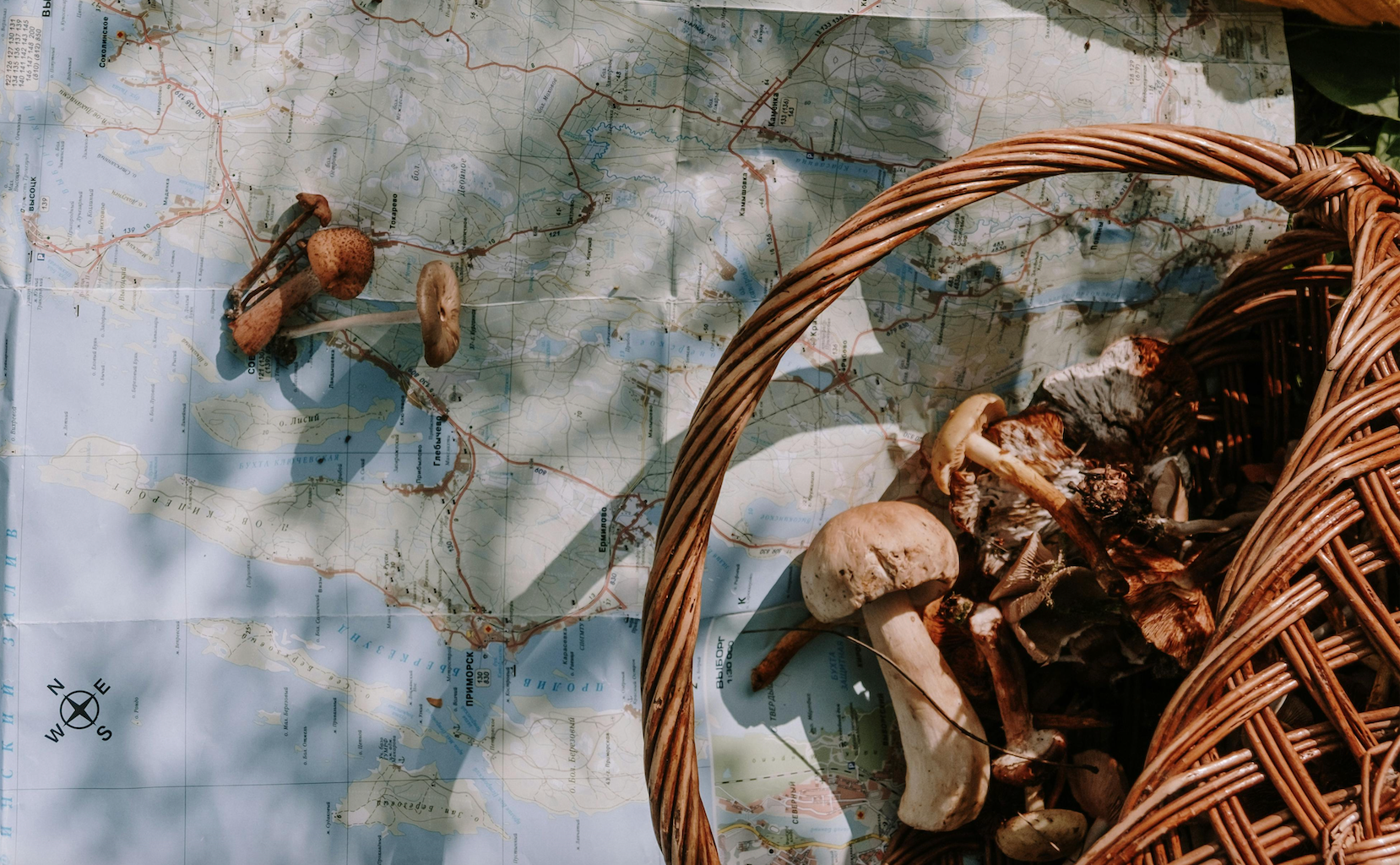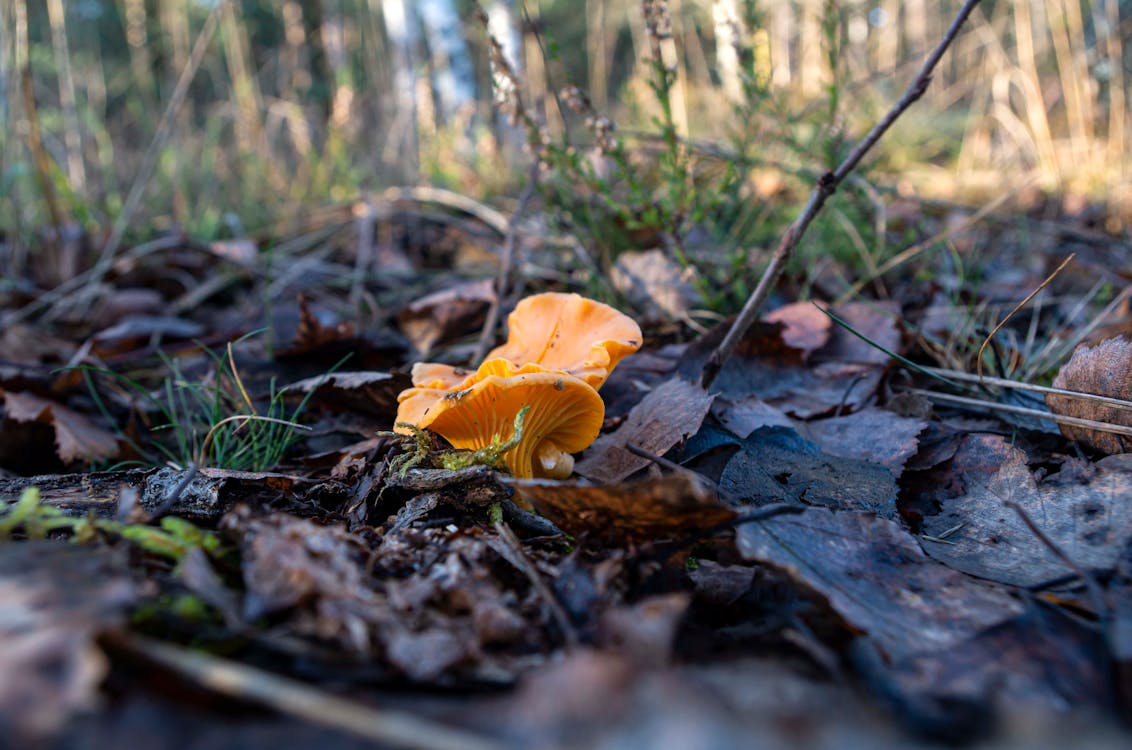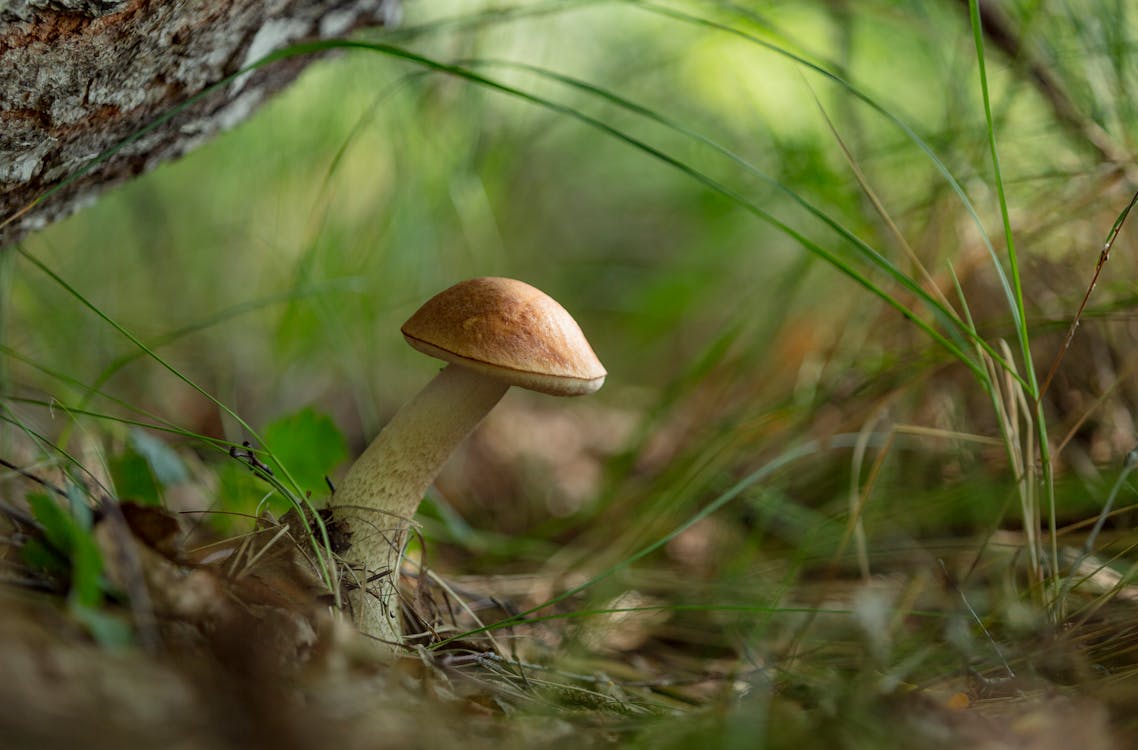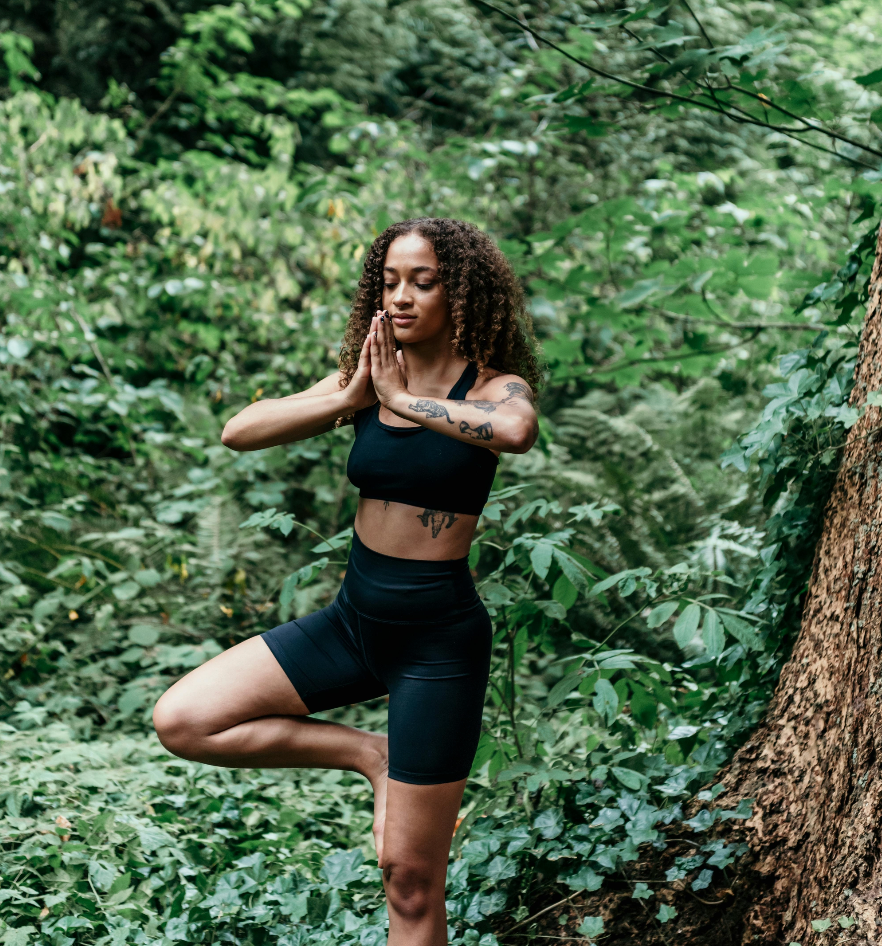
Mushrooms of August & Foraging Tips
Depending on where you are in the world, August can be an exciting month for foraging mushrooms, especially as the warm summer days create ideal conditions for many fungi. Here are some tips to help you make the most of your foraging adventures this month:
1. Know Your Region
- Research Local Conditions: Find out what types of mushrooms are common in your area during August. This can vary significantly by region.
- Consult Local Experts: Join local foraging groups or consult with experienced foragers to learn about the best spots and times. Look up mushroom foraging groups, if you are in a neighbourhood with a decent amount of population, we are sure you will find someone leading a foraging and mushroom identification hike!
2. Ideal Weather Conditions
- Rainfall: Mushrooms thrive after rainfall. Plan your foraging trips a few days after a rain shower.
- Humidity: High humidity helps mushrooms grow. Mornings can be particularly fruitful as the ground retains moisture.
3. Common August Mushrooms
August is the month for Summer Mushrooms! You may find these below:
Chanterelles: Often found in shaded, wooded areas. Look for their bright yellow-orange color and wavy cap edges.


Chicken of the Woods: Look for bright orange or yellow clusters on tree trunks or fallen logs. They have a shelf-like appearance.


4. Safety First
- Positive Identification: Only pick mushrooms you can positively identify as edible. Use a reliable field guide or app, and when in doubt, leave it out.
- Avoid Contaminated Areas: Steer clear of mushrooms growing near roadsides, industrial areas, or contaminated sites, as they can absorb pollutants.
- Start Small: When trying a new mushroom, eat a small amount first to ensure you don’t have an adverse reaction.
5. Foraging Etiquette
- Respect Nature: Don’t over-harvest. Leave some mushrooms behind to allow spores to spread and future growth to continue.
- Be Mindful of Private Property: Always get permission before foraging on private land.
- Leave No Trace: Be respectful of the environment. Don’t litter and be gentle with the surrounding vegetation.
6. Gear Up
- Basket or Mesh Bag: Use a basket or mesh bag to carry your finds. This allows spores to spread as you walk.
- Knife: A small knife can help you carefully cut mushrooms at the base, preserving the mycelium for future growth.
- Field Guide: Carry a reliable mushroom identification guide to help with on-the-spot identification.
- Possible Mindfulness Activity: If you are in the woods and spending the day in nature, you could also picnic, meditate or stop, drop and yoga for a pause. Match your mushroom forage experience with our all natural Myco Forest yoga mat
7. Preparation and Preservation
-
Cleaning: Clean mushrooms thoroughly to remove dirt and insects.
-
Cooking: Many mushrooms must be cooked before eating. Research the best methods to prepare your finds.
-
Preservation: Learn how to dry, freeze, or pickle mushrooms to enjoy them beyond the foraging season.
Disclaimer: This blog provides general information and discussion about nature, yoga, health and related subjects. Forage safely and seek additional expertise before ingesting any plant or mushroom of any kind.





Leave a comment
This site is protected by hCaptcha and the hCaptcha Privacy Policy and Terms of Service apply.